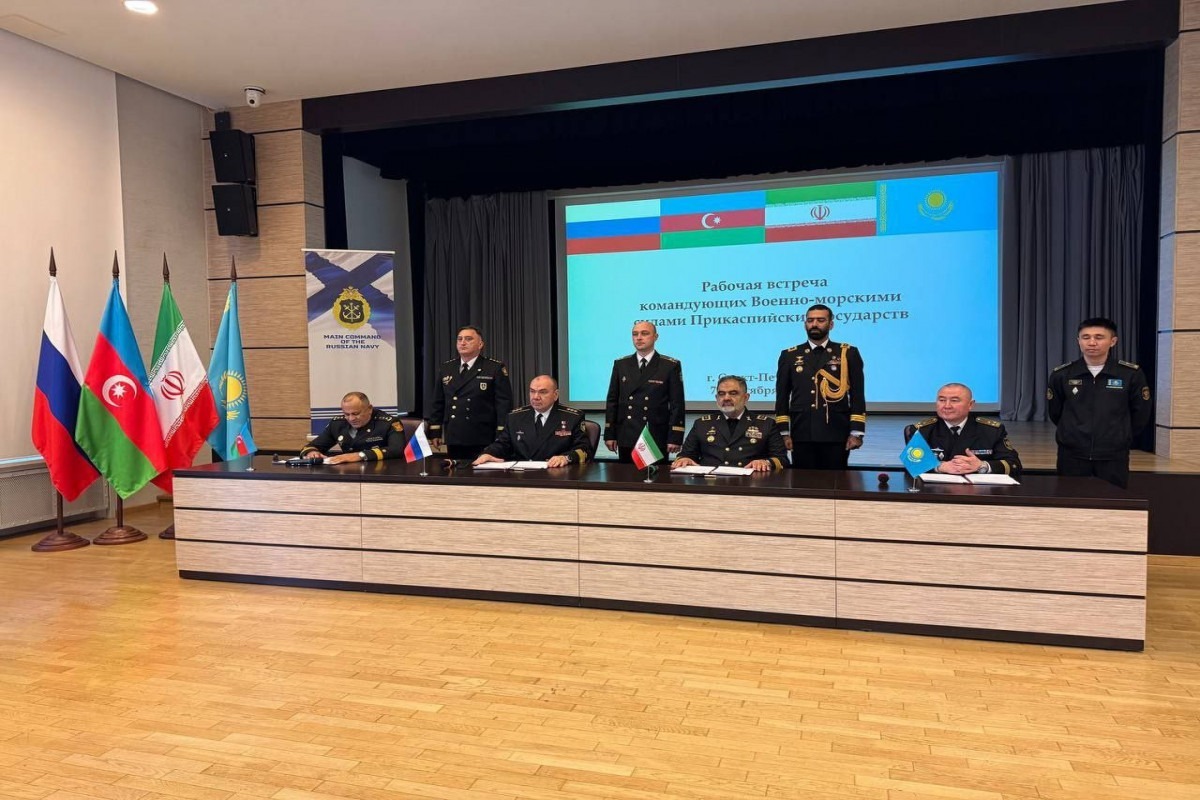
Western Aid Strengthens Security of Ukrainian Grain Corridor
Western Aid Strengthens Security of Ukrainian Grain Corridor
At the Grain From Ukraine forum in Kyiv on November 25, President Volodymyr Zelenskyy announced that Ukraine has arranged to receive additional air defense systems from Western partners to ensure the safety of vessels traveling along the grain corridor in the Black Sea. According to Zelenskyy, the “grain corridor continues to function” despite “various challenges” coming from the Russian side (President.gov.ua, November 25). Ukraine considers the establishment of a corridor without Russian involvement after Moscow’s withdrawal from the Black Sea Grain Initiative on July 17 to be one of the “most significant achievements of the year.” Kyiv’s Western allies will also provide combat boats to escort and ensure the safety of vessels using this maritime corridor (Ukrainska Pravda, November 25). The corridor itself has been in operation since August 8 (Blackseanews, August 10). It has enjoyed the smooth transit of a number of grain ships (Blackseanews, November 17) and positive results in the growing volume of grain exports (Ukrainska Pravda, November 22; Forbes.ua, December 1). The additional Western aid and provision of previously promised military equipment will strengthen the security of the grain corridor and likely allow for increased volumes of traffic and grain to pass through the Black Sea.
Large warships are not being considered to escort the vessels using the grain corridor. Certain stipulations in the Montreux Convention, which gives Türkiye control over maritime transit passing from the Black Sea through the Bosphorus and Dardanelles straits, prohibit such an arrangement. The convention allows for the passage of civilian vessels during peacetime and limits the use of military vessels to Ankara’s discretion (TASS, September 3, 2014). Since Russia’s full-scale invasion of Ukraine, Türkiye has used the convention to disallow large warships from entering the Black Sea via the Turkish Straits (TSN.ua, February 27, 2022). Smaller naval vessels do not need to be guided through the Bosphorus and can be delivered via alternative routes. Even if it were possible for Ukraine to receive large warships from its allies, the vessels would quickly become primary targets for Russian missile, submarine, and air attacks.
Ukraine is still considering which vessels would be most effective in escorting and protecting grain shipments. In his speech, Zelenskyy did not specify the types of boats that would be used. The US-made Island-class patrol boats (Gazeta.ua, November 5, 2017) and other coastal and riverine combat crafts (Defense.gov, June 24, 2022) transferred to Ukraine from 2019 to 2023 as part of US security assistance packages could make up the bulk of this fleet. The French FPB 98 MKI patrol boats Kyiv purchased for the State Border Guard Service in 2020 may also be considered. Two of these vessels were recently permitted to pass through the Bosphorus onboard a heavy-lift cargo vessel headed for the Romanian port city of Constanța (Focus.ua, August 22). Additionally, 27-foot Walk Around Cabin patrol boats sent as part of US aid are stuck at the Ukrainian-Polish border due to the ongoing blockade by Polish truckers (UA.news, December 2). These boats could strengthen escort capabilities, though the vessels possess weak onboard weapons.
The addition of these ships and an increased number of air defense systems are still insufficient security measures given the real threats posed by Russian strikes on sea lines, critical port infrastructure, as well as vessels coming to and leaving from Ukrainian ports. The capabilities still needed include at least 32 to 36 multitask patrol boats, with at least half equipped with short- or mid-range anti-ship missiles and man-portable air defense systems. Zelenskyy announced, “We have an agreement with several states regarding powerful support. … In this way, the appropriate boats will be handed over to us and are already being handed over (UATV.ua, November 27).
Delays in Western maritime aid to Ukraine have undermined efforts to guarantee the security of grain shipments. For example, Kyiv was expected to receive at least three new US Mark VI patrol boats in 2022 as part of a $600 million deal with Washington signed in June 2020 (Kyiv Independent, January 4, 2022). Those deliveries have yet to be made (Defence Express, November 26). Mark VIs are cost-efficient and capable of performing a range of sea control operations to ensure freedom of navigation. Their low signature, versatile maneuverability, and high-speed capabilities work well in challenging environments that require maneuverable defense, as is the case with the grain convoys in the Black Sea. Such boats are adept at patrolling maritime areas, escorting vessels, preventing sabotage, and repelling attacks from fast-moving sea and aerial threats, including remote-controlled drones (see EDM, July 22, 2020; UATV.ua, November 27). Additionally, as part of the Ukrainian Naval Capabilities Enhancement Program between Ukraine and the United Kingdom, both sides agreed to the joint development of a smaller missile boat, the P50U, with London planning to send eight vessels of this type to Kyiv by 2024. The combination of smaller missile boats and coastal missile batteries would provide layered anti-ship protection for the Ukrainian Navy (Naval News, March 10, 2021; UATV.ua, November 27). Initial construction was planned to begin in 2022, but it remains unclear if any significant progress has been made (Mil.in.ua, March 5, 2021).
Ukraine’s limited naval capabilities and delays in the delivery of Western equipment favor an asymmetric “mosquito” approach to maritime operations (see EDM, May 25, 2021, July 25, 2022, June 13). Ukrainian forces have strong experience in using combat vessels for riverine operations in the Dnipro-Bug estuary and manned and unmanned boats in open sea activity (Defence Express, March 12). The smaller ships sent by Ukraine’s allies in past years serve as the foundation for a “mosquito fleet” that prioritizes efficiency in combating numerically superior Russian naval assets for sea control and sea denial (Day.Kyiv.ua, April 28, 2020; Interfax-Ukraine, July 7, 2021). Following through on the promised Western aid packages that include mobile land-based air defense systems for Ukraine’s Black Sea coast will allow the Ukrainian Navy to create a layered system air defense and anti-ship umbrella over the grain corridor (President.gov.ua, November 25). The primary issue now is the timely implementation of the already adopted agreements to strengthen Ukraine’s mosquito fleet.


